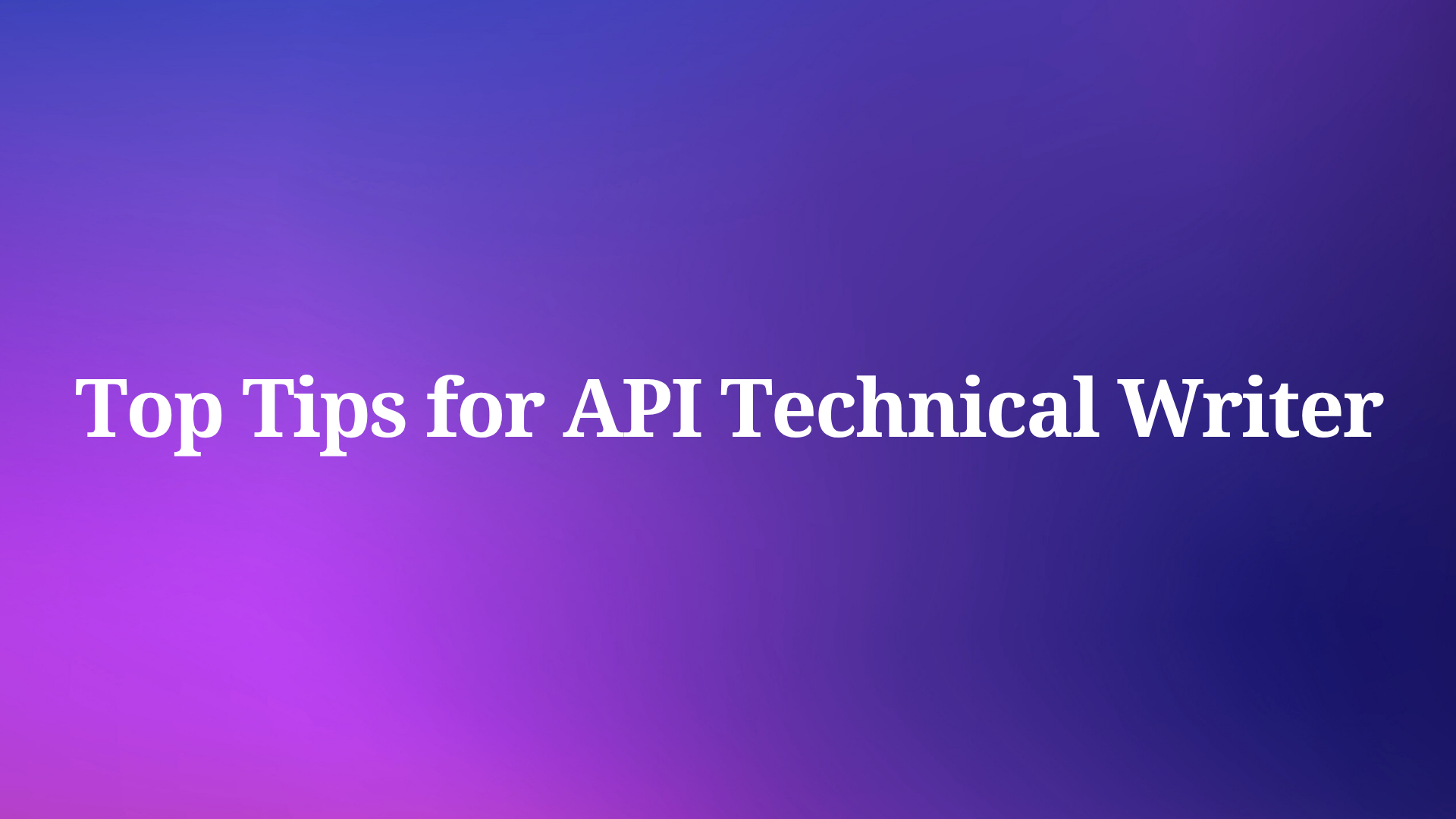Model Context Protocol (MCP) servers bridge AI assistants with specialized knowledge sources, enabling them to access structured API information. This technology transforms development by providing AI tools with direct access to specifications, documentation, and functionality.
Stripe MCP Server connects AI assistants to Stripe's payment processing services, allowing natural language interaction with complex payment APIs. When combined with Apidog MCP Server, developers gain a comprehensive environment for building sophisticated applications that leverage both payment services and custom APIs.
Exploring Stripe MCP Server Capabilities for AI-Enhanced Payment API Development
The Stripe MCP Server provides specialized tools that enable AI assistants to interact directly with Stripe's payment processing services. This powerful integration allows developers to perform Stripe operations through natural language instructions, significantly simplifying payment integration.
Key Features of Stripe MCP Server
Stripe MCP Server offers several primary tools organized into three categories:
Customer Management
customer_create: Create new customer profiles with email, name, and other detailscustomer_retrieve: Access existing customer information by IDcustomer_update: Modify customer data as needed
Payment Operations
payment_intent_create: Initialize payment processing with amount, currency, and customer detailscharge_list: View recent transaction history and payment statuses
Refund Operations
refund_create: Process refunds for completed transactions
These capabilities make the server invaluable for applications that incorporate payment features. By providing AI assistants with direct access to Stripe functionality, the server reduces the learning curve and accelerates development for both experienced Stripe developers and those new to payment processing.
Setting Up Stripe MCP Server: A Step-by-Step Guide
Implementing the Stripe MCP Server requires minimal configuration but does require a Stripe API key. This section provides a comprehensive guide to setting up the server.
Prerequisites
- Python 3.8 or higher
- MCP SDK 0.1.0+
- Stripe Python SDK
- dotenv
- A Stripe API key
Installation Steps
Install via Smithery (Recommended)
The simplest approach is to use Smithery for automatic installation:
npx -y @smithery/cli install @atharvagupta2003/mcp-stripe --client claudeManual Installation
Alternatively, you can install the dependencies manually:
python -m venv venv
source venv/bin/activate # On macOS/Linux
venv\Scripts\activate # On Windows
pip install -e .Configure Environment Variables
Create a .env file with your Stripe API key:
STRIPE_API_KEY=your_stripe_secret_keyConfigure MCP Client
Add the server configuration to your MCP client (e.g., Claude Desktop):
For Windows:
{
"mcpServers": {
"stripe": {
"command": "uv",
"args": [
"--directory",
"/ABSOLUTE/PATH/TO/PARENT/FOLDER/src",
"run",
"server.py"
]
}
}
}Test the Connection
Start the server and verify it's working by asking your AI assistant to perform a Stripe operation:
"Create a new customer with email customer@example.com and name John Doe"Integrating Apidog MCP Server with Stripe MCP: Creating a Comprehensive API Development Environment
Combining the Stripe MCP Server with Apidog MCP Server creates a powerful, unified development environment where AI assistants can access both Stripe's payment processing capabilities and your custom API specifications. This integration enables seamless development across multiple API sources, enhancing productivity and maintaining consistency across your entire API landscape.
Setting Up Apidog MCP Server
Before integrating with Stripe MCP, you'll need to set up the Apidog MCP Server. Apidog MCP Server supports three primary data sources:
- Apidog Project: Connect to API specifications within your Apidog team
- Online API Documentation: Access publicly available API documentation published via Apidog
- OpenAPI Files: Read local or online Swagger/OpenAPI files
For this integration, we'll focus on the Apidog Project approach, which provides the most comprehensive access to your API specifications.
Prerequisites:
- Node.js (version 18 or higher)
- An Apidog account with access to your API project
- Your Apidog API access token and project ID
Configuration Steps:
Generate an Apidog Access Token:
- Log into your Apidog account
- Navigate to Account Settings > API Access Token
- Create a new token and copy it to a secure location

Locate Your Apidog Project ID:
- Open your project in Apidog
- Go to Settings in the left sidebar
- Find and copy the Project ID from Basic Settings

Configure Apidog MCP Server:
Update your MCP configuration file to include the Apidog MCP Server:
{
"mcpServers": {
"apidog-mcp": {
"command": "npx",
"args": [
"-y",
"apidog-mcp-server@latest",
"--project=<project-id>"
],
"env": {
"APIDOG_ACCESS_TOKEN": "<access-token>"
}
}
}
}Replace <project-id> and <access-token> with your actual values.
Combining Stripe and Apidog MCP Servers
To integrate both MCP servers in your AI tool, you'll need to update your configuration file to include both servers:
{
"mcpServers": {
"stripe": {
"command": "uv",
"args": [
"--directory",
"/ABSOLUTE/PATH/TO/PARENT/FOLDER/src",
"run",
"server.py"
]
},
"apidog-mcp": {
"command": "npx",
"args": [
"-y",
"apidog-mcp-server@latest",
"--project=<project-id>"
],
"env": {
"APIDOG_ACCESS_TOKEN": "<access-token>"
}
}
}
}For Windows users, the Apidog configuration would need appropriate modifications using cmd and /c parameters:
{
"mcpServers": {
"stripe": {
"command": "uv",
"args": [
"--directory",
"/ABSOLUTE/PATH/TO/PARENT/FOLDER/src",
"run",
"server.py"
]
},
"apidog-mcp": {
"command": "cmd",
"args": [
"/c",
"npx",
"-y",
"apidog-mcp-server@latest",
"--project=<project-id>"
],
"env": {
"APIDOG_ACCESS_TOKEN": "<access-token>"
}
}
}
}Practical Applications: Leveraging Stripe MCP and Apidog MCP for Enhanced API Development
The combination of Stripe MCP Server and Apidog MCP Server creates powerful workflows that transform payment API development. With both MCP servers configured, developers can:
Building Payment-Enabled Applications with AI Assistance
Generate Stripe Integration Code:
"Generate TypeScript code to create a payment intent for $50 using Stripe"The AI will create code that correctly implements Stripe API patterns.
Implement Custom API Endpoints:
"Based on our API specification in Apidog, create an endpoint that stores payment information"The AI can generate server-side code that aligns perfectly with your API documentation.
Create Data Transformation Functions:
"Write a function that converts Stripe customer data to match our internal user schema"The AI understands both data structures and can create accurate transformation logic.
Real-World Development Scenarios
Scenario: Building an E-commerce Payment System
A developer needs to create a system that processes payments for an online store. Using the integrated MCP servers, they can:
- Generate Stripe API client code for payment processing
- Create custom API endpoints for order management
- Implement webhook handlers for payment notifications
- Generate comprehensive tests that verify correct behavior across both systems
The AI can assist with each step, providing code that follows best practices for both Stripe integration and your custom API specifications:
"Create a webhook handler for Stripe payment confirmations that updates order status in our API"The AI will generate code that:
- Validates Stripe webhook signatures
- Processes payment confirmation events
- Updates order status through your API
- Handles error cases appropriately
This integrated approach ensures that your payment processing code remains consistent with both Stripe's requirements and your custom API specifications, reducing integration issues and accelerating development.
Conclusion: Transforming Payment API Development with Stripe and Apidog MCP Integration
The integration of Stripe MCP Server with Apidog MCP Server represents a significant advancement in payment API development. By creating a unified environment where AI assistants can access both Stripe's payment processing capabilities and your custom API specifications, this combination addresses the persistent challenges of working with multiple API systems.
This integrated approach delivers tangible benefits across the entire development lifecycle. Developers spend less time switching between documentation sources and more time creating value. Code generation maintains perfect alignment with both Stripe's requirements and your custom API specifications.
For businesses implementing payment features, this integration transforms how these features are built and maintained. The combination of Stripe's robust payment processing with custom backend services becomes more manageable, with AI assistance ensuring consistency across the entire application architecture.
By embracing the integration of Stripe MCP Server and Apidog MCP Server, development teams position themselves at the forefront of modern API development practices—ready to deliver better, more consistent payment integrations in less time.



